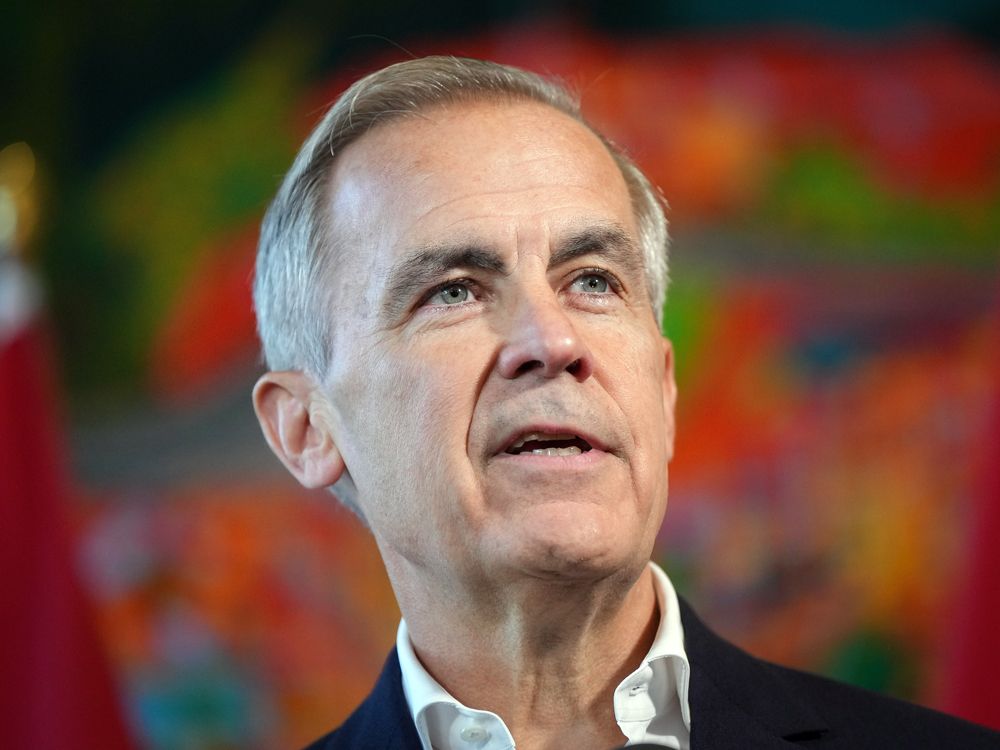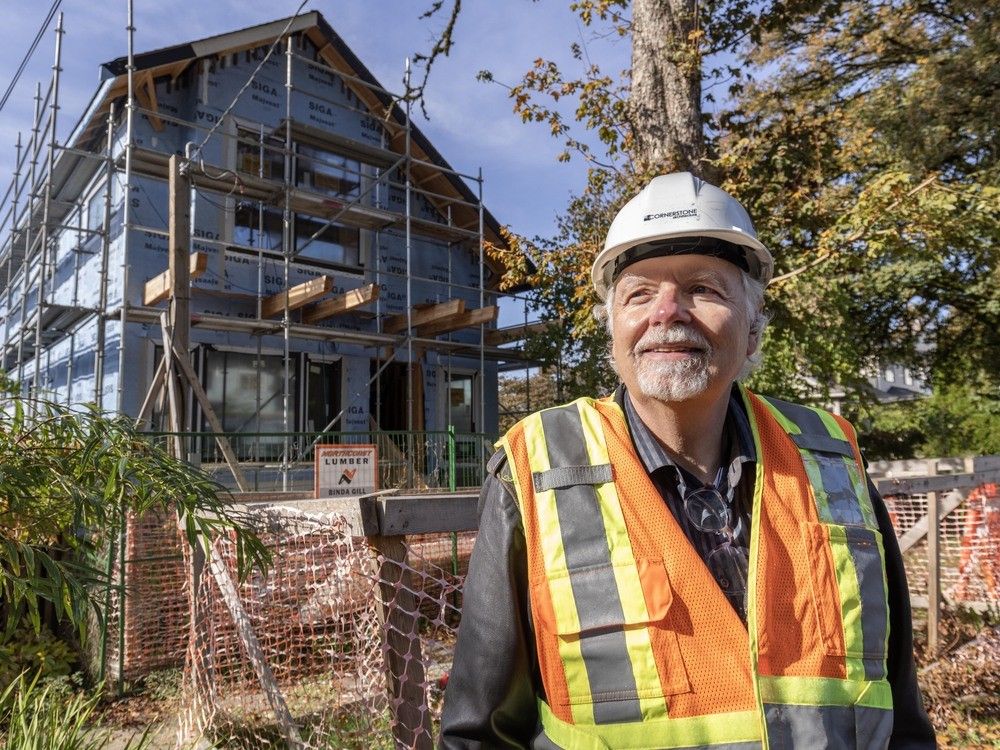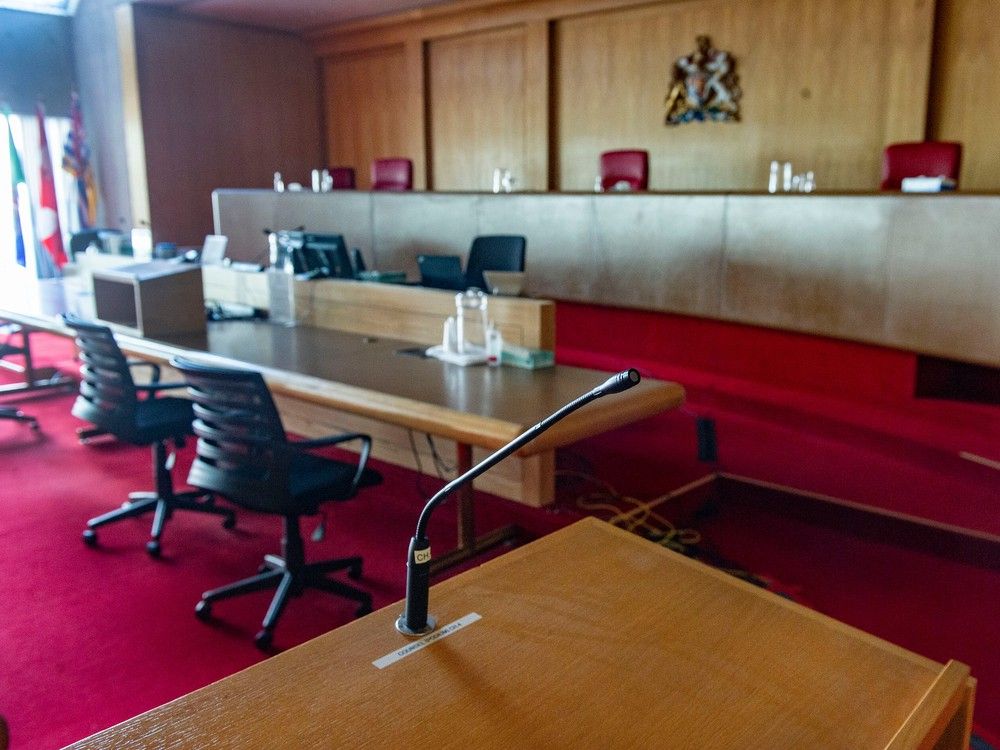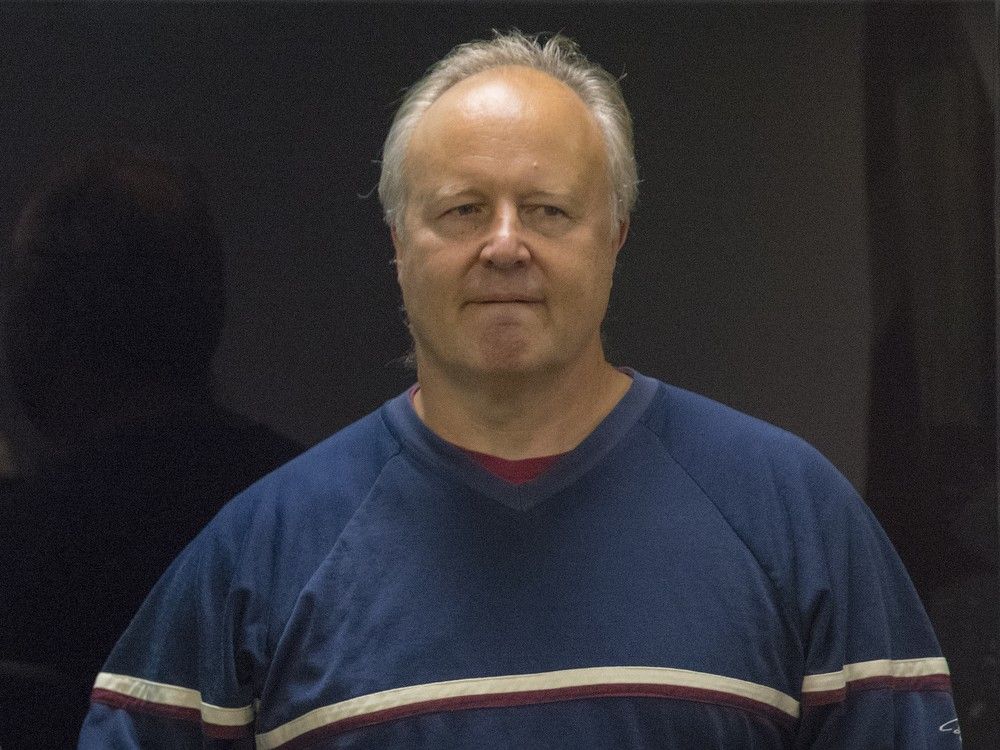The launch tower's monstrous metal arms, dubbed chopsticks, caught the descending 71-meter stainless steel booster and gripped it tightly, dangling it well above the ground
Author of the article:
The Associated Press
Marcia Dunn
Published Oct 13, 2024 • 3 minute read

SpaceX pulled off the boldest test flight yet of its enormous Starship rocket on Sunday, catching the returning booster back at the launch pad with mechanical arms.
A jubilant Elon Musk called it “science fiction without the fiction part.”
Towering almost 400 feet (121 meters), the empty Starship blasted off at sunrise from the southern tip of Texas near the Mexican border. It arced over the Gulf of Mexico like the four Starships before it that ended up being destroyed, either soon after liftoff or while ditching into the sea. The previous one in June had been the most successful until Sunday’s demo, completing its flight without exploding.
This time, Musk, SpaceX’s CEO and founder, upped the challenge for the rocket that he plans to use to send people back to the moon and on to Mars.
At the flight director’s command, the first-stage booster flew back to the launch pad where it had blasted off seven minutes earlier. The launch tower’s monstrous metal arms, dubbed chopsticks, caught the descending 232-foot (71-meter) stainless steel booster and gripped it tightly, dangling it well above the ground.
Advertisement 2
THIS CONTENT IS RESERVED FOR SUBSCRIBERS
Enjoy the latest local, national and international news.
- Exclusive articles by Conrad Black, Barbara Kay and others. Plus, special edition NP Platformed and First Reading newsletters and virtual events.
- Unlimited online access to National Post and 15 news sites with one account.
- National Post ePaper, an electronic replica of the print edition to view on any device, share and comment on.
- Daily puzzles including the New York Times Crossword.
- Support local journalism.
SUBSCRIBE FOR MORE ARTICLES
Enjoy the latest local, national and international news.
- Exclusive articles by Conrad Black, Barbara Kay and others. Plus, special edition NP Platformed and First Reading newsletters and virtual events.
- Unlimited online access to National Post and 15 news sites with one account.
- National Post ePaper, an electronic replica of the print edition to view on any device, share and comment on.
- Daily puzzles including the New York Times Crossword.
- Support local journalism.
REGISTER / SIGN IN TO UNLOCK MORE ARTICLES
Create an account or sign in to continue with your reading experience.
- Access articles from across Canada with one account.
- Share your thoughts and join the conversation in the comments.
- Enjoy additional articles per month.
- Get email updates from your favourite authors.
THIS ARTICLE IS FREE TO READ REGISTER TO UNLOCK.
Create an account or sign in to continue with your reading experience.
- Access articles from across Canada with one account
- Share your thoughts and join the conversation in the comments
- Enjoy additional articles per month
- Get email updates from your favourite authors
Article content
Recommended from Editorial
-

Billionaire launches into orbit to conduct the first spacewalk by a private citizen
-

SpaceX launches rescue mission for 2 NASA astronauts who are stuck in space until next year
“The tower has caught the rocket!!” Musk announced via X. “Big step towards making life multiplanetary was made today.”
Company employees screamed in joy, jumping and pumping their fists into the air. NASA joined in the celebration, with Administrator Bill Nelson sending congratulations.
Continued testing of Starship will prepare the nation for landing astronauts at the moon’s south pole, Nelson noted. NASA’s new Artemis program is the follow-up to Apollo, which put 12 men on the moon more than a half-century ago.
“Folks, this is a day for the engineering history books,” SpaceX engineering manager Kate Tice said from SpaceX headquarters in Hawthorne, California.
“Even in this day and age, what we just saw is magic,” added company spokesman Dan Huot from near the launch and landing site. “I am shaking right now.”
It was up to the flight director to decide, in real time with a manual control, whether to attempt the landing. SpaceX said both the booster and launch tower had to be in good, stable condition. Otherwise, it was going to end up in the gulf like the previous ones. Everything was judged to be ready for the catch.
Advertisement 3
Article content
The retro-looking spacecraft launched by the booster continued around the world, soaring more than 130 miles (212 kilometers) high. An hour after liftoff, it made a controlled landing in the Indian Ocean, adding to the day’s achievement. Cameras on a nearby buoy showed flames shooting up from the water as the spacecraft impacted precisely at the targeted spot and sank, as planned.
“What a day,” Huot said. “Let’s get ready for the next one.”
Even in this day and age, what we just saw is magic
The June flight came up short at the end after pieces came off. SpaceX upgraded the software and reworked the heat shield, improving the thermal tiles.
SpaceX has been recovering the first-stage boosters of its smaller Falcon 9 rockets for nine years, after delivering satellites and crews to orbit from Florida or California. But they land on floating ocean platforms or on concrete slabs several miles from their launch pads — not on them.
Recycling Falcon boosters has sped up the launch rate and saved SpaceX millions. Musk intends to do the same for Starship, the biggest and most powerful rocket ever built with 33 methane-fuel engines on the booster alone.
Musk said the captured Starship booster looked to be in good shape, with just a little warping of some of the outer engines from all the heat and aerodynamic forces. That can be fixed easily, he noted.
NASA has ordered two Starships to land astronauts on the moon later this decade. SpaceX intends to use Starship to send people and supplies to the moon and, eventually Mars.
Our website is the place for the latest breaking news, exclusive scoops, longreads and provocative commentary. Please bookmark nationalpost.com and sign up for our newsletters here.
Article content
.png)
 4 days ago
12
4 days ago
12




































 Bengali (BD) ·
Bengali (BD) ·  English (US) ·
English (US) ·